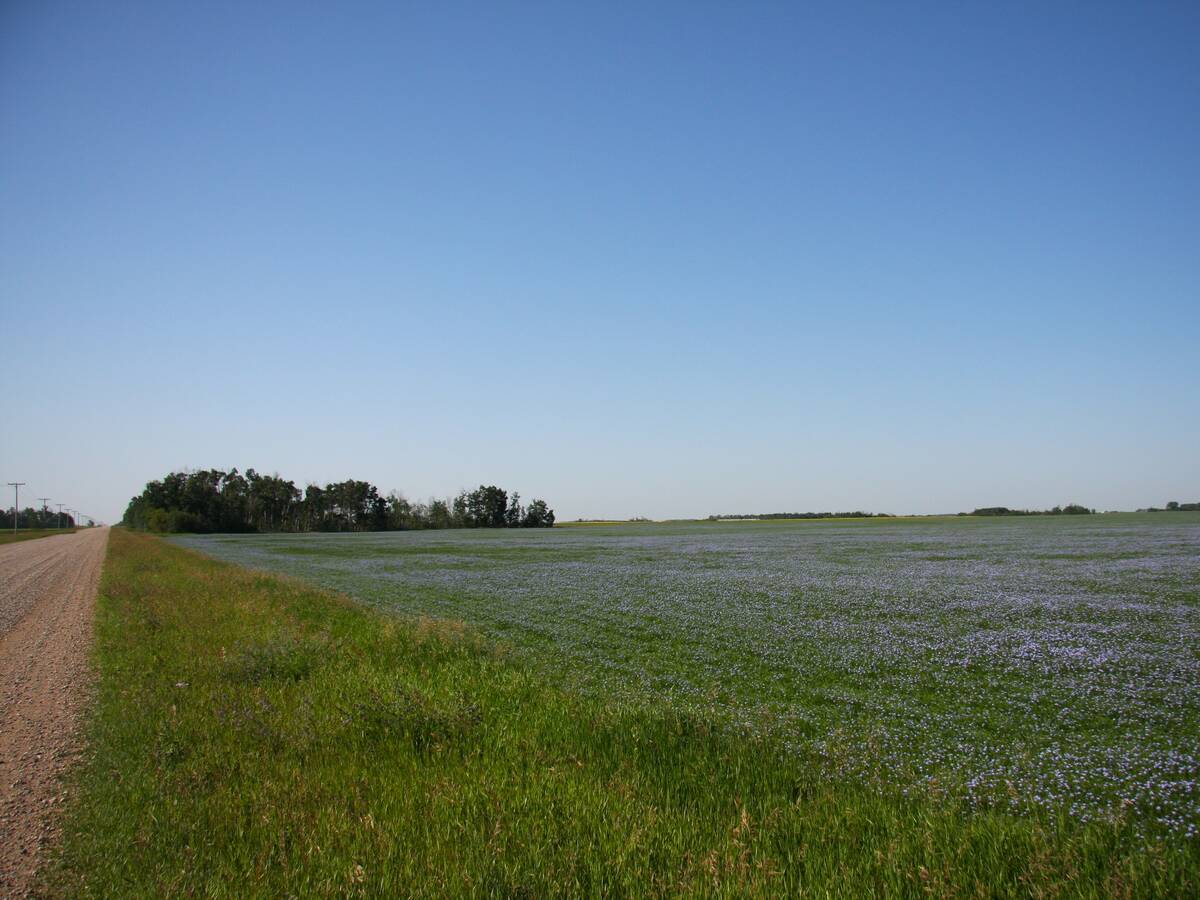Bayer appoints vice-president
Bayer CropScience Inc. has appointed Garth Hodges as its vice-president for marketing and business development.
The position is effective Feb. 1.
He will be based in Calgary.
Hodges is global head of Bayer CropScience’s business development and licensing department responsible for mergers and acquisitions, licensing, investments and divestments. He is based in Monheim, Germany.
He replaces Al Driver, who was recently appointed Bayer CropScience’s new president and chief executive officer.
Hodges previously led Bayer’s global oilseeds and wheat seeds and traits business, based in Calgary, from 2002-11.
Read Also

Farmland advisory committee created in Saskatchewan
The Saskatchewan government has created the Farm Land Ownership Advisory Committee to address farmer concerns and gain feedback about the issues.
Study finds milk better vitamin B12 source
Agriculture Canada researchers have concluded that vitamin B12 is better absorbed when drunk in cow’s milk than when taken in vitamin supplements.
The study, which was conducted in Sherbrooke, Que., at the department’s Dairy and Swine Research and Development Centre, was recently published in the British Journal of Nutrition.
Researchers conducted their study on pigs, which have a similar digestive system to that of humans.
They gave pigs either cow’s milk or vitamin B12 supplements to compare the absorption rates of the vitamin and found that vitamin B12 that is naturally present in cow’s milk is absorbed two times better than synthetic vitamin B12.
Other studies on feeding vitamin B12 and folic acid to cows and breeder sows in the form of supplements concluded that they enable cows to produce more milk and sows to give birth to a larger number of stronger piglets.
AGCO founder joins hall of fame
Agco Corp. founder Robert J. Ratliff is one of the 2014 inductees into the Association of Equipment Manufacturers’ Hall of Fame.
Ratliff turned a struggling $200 million farm equipment business into a major, global manufacturer of agricultural equipment and established more than 20 agricultural machinery companies under the Agco umbrella.
Ratliff is a life honorary director of the AEM and has fulfilled numerous leadership roles for the National Association of Manufacturers, including chair of its Manufacturing Institute, which focuses on manufacturing revival and education.
The Robert J. Ratliff Baltimore Polytechnic Institute Incentive Awards Fund was established to fund annual student scholarships through the University of Maryland’s Incentive Awards Program.
Other 2014 inductees into the AEM Hall of Fame are E.G. Melroe and the Melroe family of the Melroe Manufacturing and Bobcat Company; Agustin “Gus” Ramirez of Husco International; John West of the Manitowoc Co.; and Rollin Henry White of the Cleveland Tractor Company.
The AEM hall of fame recognizes outstanding individuals in the industry.
Funding helps tomato industry expand
The Ontario Tomato Research Institute in Ridgetown, Ont., will use $214,682 in federal funding to help increase yields and develop new varieties that are better adapted to Canada’s growing conditions.
The institute will work with farmers and processors.
Western livestock producers get tax relief
Livestock producers in British Columbia, Alberta, Saskatchewan and Manitoba will be able to defer tax on their cattle sales for 2014.
It is an additional tool to manage their forage shortfalls caused by extreme weather conditions last year.
A list of designated areas where tax deferrals have been authorized for 2014 is available from the federal government.
Eligible producers can defer 2014 income tax on the sale of their breeding livestock for one year to help replenish stock in the following year.
Money from deferred sales are then included as part of the producer’s income in the next tax year, at which time those proceeds may be offset by the cost of replacing their breeding animals.
The breeding herd must have been reduced by at least 15 percent, allowing 30 percent of income from net sales to be deferred.
Ninety percent of income from net sales can be deferred if the herd has been reduced by more than 30 percent.
Charolais International has new president
Helge By of the Charolais Banner was recently elected president of Charolais International during the 50th anniversary of the World Charolais Congress 2014 in France.
The event also celebrated the 150th anniversary of the Herd Book Charolais.
The newly elected executive also includes:
- Vice-president Luis Enrique Villasenor Gutierrez, president of Charolais Charbray Herd Book de Mexico.
- Vice-president Michel Baudot, president of Herd Book Charolais, France.
- Secretary Clement Perrodin of technical sales with Herd Book Charolais, France.
Hail doesn’t sink growing project
The inaugural year for a Canadian Foodgrains Bank growing project in Alberta’s County of Newell became a success despite nature’s wrath.
Project organizer Fred Preston of Rosemary, Alta., said a crop insurance payout after hail flattened the crop, sponsorship of acres and a fundraising dinner resulted in a $74,200 donation to the foodgrains bank when everything was tallied.
The Newell project, which involved 110 acres of flax, was one of 34 growing projects in Alberta and 102 across the Prairies in 2014.














